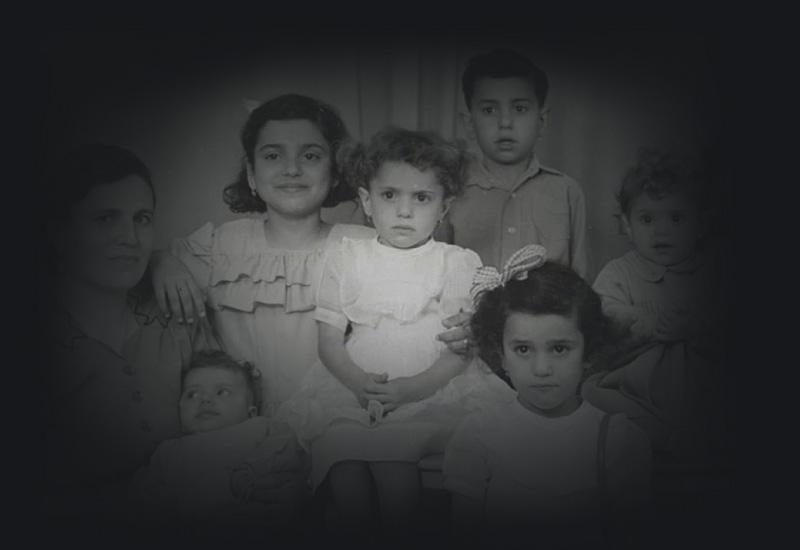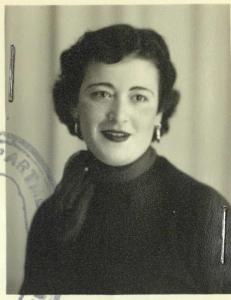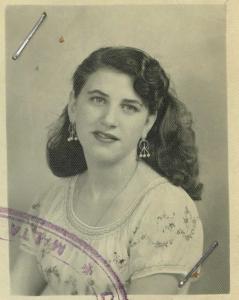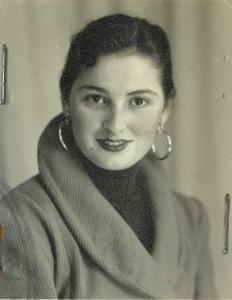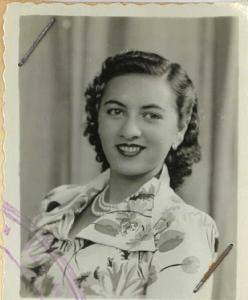Maltese migration records from 1948 to 1955 bring to light amazing photographs which are much more than passport mugshots. They convey the spirit and character of the Maltese migrants themselves. National Archives' Victoria Office is making these records accessible to all.
A 'win-win' agreement
One of Australia's first assisted migration agreements after the Second World War was with Malta. Signed in May 1948, this was a 'win-win' for both countries. Concerned that it had to 'populate or perish', Australia was seeking to rapidly increase its population. As prospective migrants, the Maltese had the advantage of already being British subjects. And importantly, they were European, which was still the key consideration under the White Australia Policy. Meanwhile, Malta was looking for migration opportunities for its people as it was seriously overpopulated and still devastated from sustained German and Italian attacks during the War.

